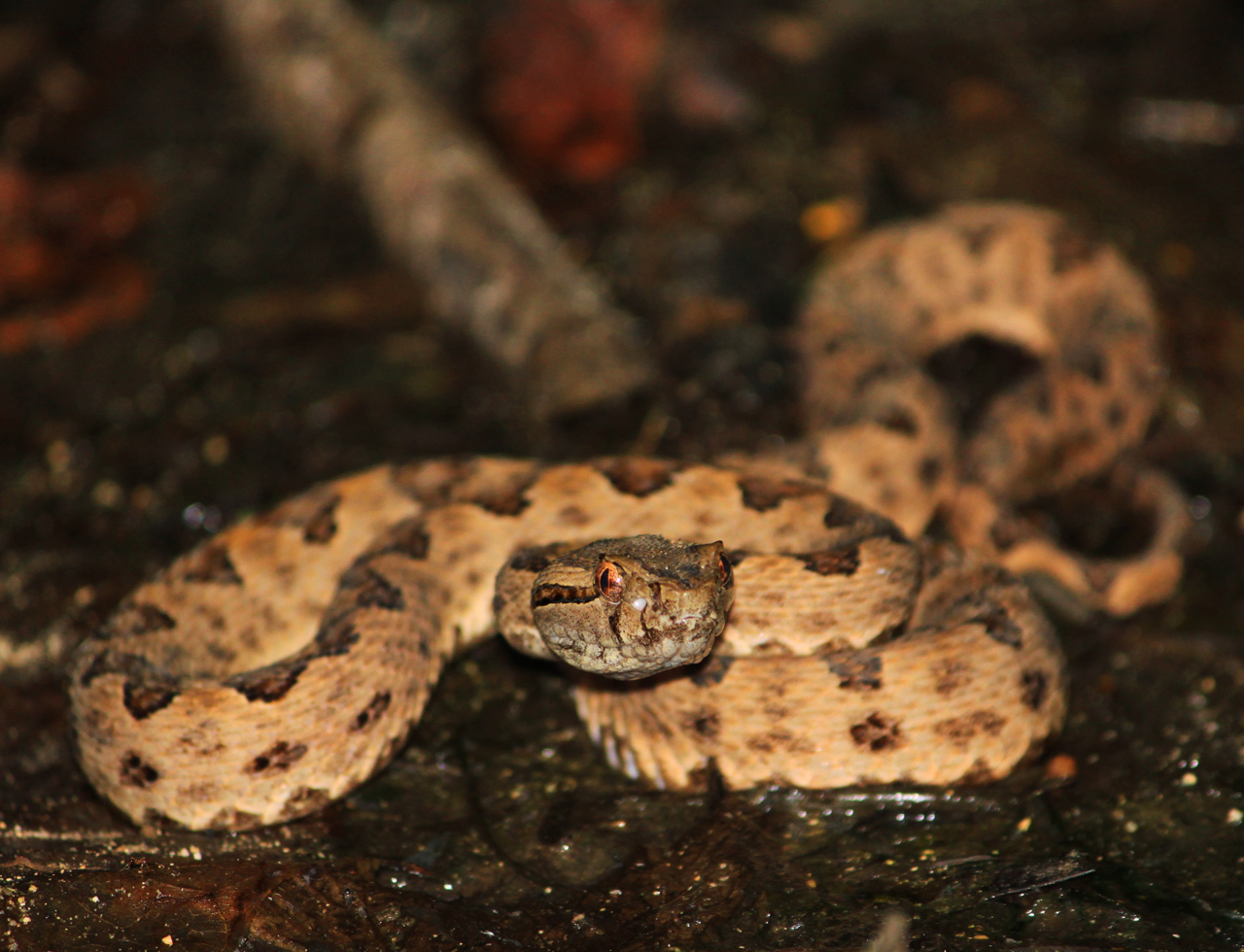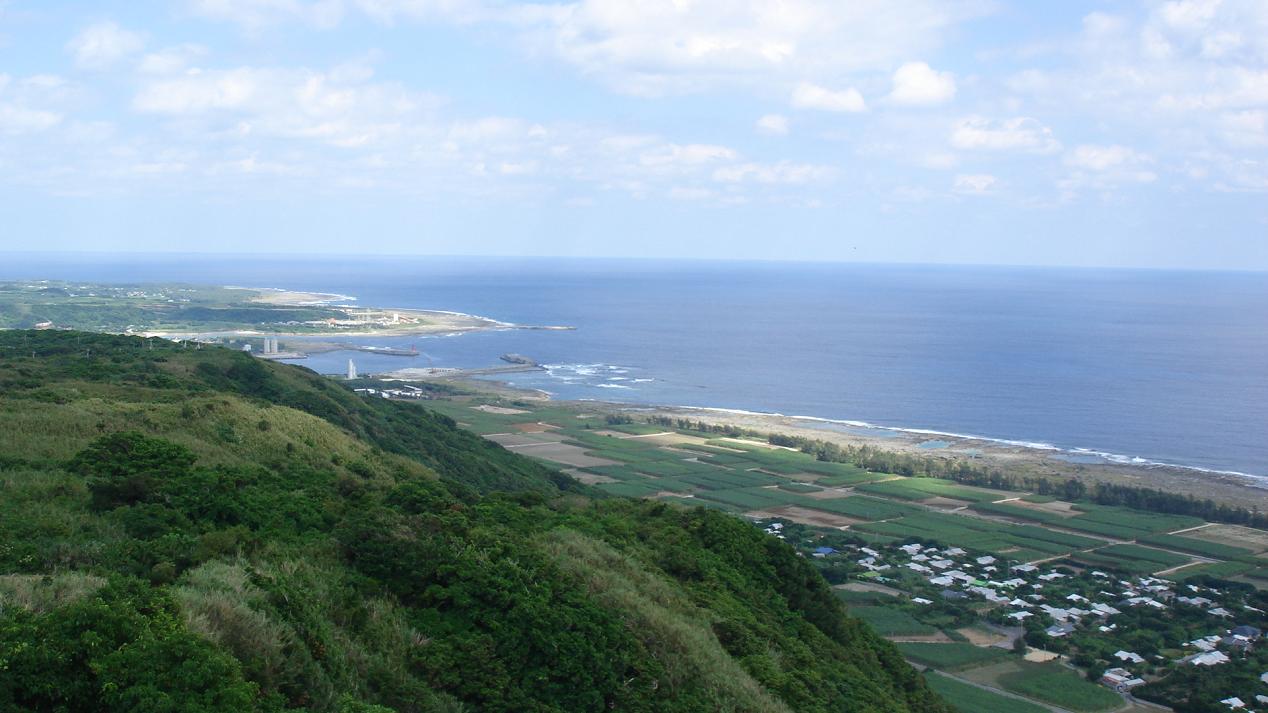|
Kikai Island
is one of the Satsunan Islands, classed with the Amami archipelago between Kyūshū and Okinawa. The island, in area, has a population of approximately 7,657 persons. Administratively the island forms the town of Kikai, Kagoshima Prefecture. Much of the island is within the borders of the Amami Guntō Quasi-National Park. Geography Kikaijima is isolated from the other Amami islands, and is located approximately east of Amami Ōshima and approximately south of the southern tip of Kyūshū. It is the easternmost island in the Amami chain. Compared with Amami Ōshima and Tokunoshima, Kikaijima is a relatively flat island, with its highest point at above sea level. It is a raised coral island with limestone cliffs, and draws the attention of geologists as it is one of the fastest rising coral islands in the world. Climate The climate of Kikaijima is classified as has a humid subtropical climate (Köppen climate classification ''Cfa'') with very warm summers and mild winters ... [...More Info...] [...Related Items...] OR: [Wikipedia] [Google] [Baidu] |
Kikai Caldera
(alternatively Kikaiga-shima, Kikai Caldera Complex) is a massive, mostly submerged caldera up to in diameter in the Ōsumi Islands of Kagoshima Prefecture, Japan. Geology Caldera formation has been dated from about 95,000 years ago and has involved rhyolite, basalt, and andesite phases. The Kikai Caldera Complex has twin ovoid caldera by in diameter. Yahazu-dake (north west part of Satsuma Io-jima) and Takeshima, located on the caldera rim, are pre-caldera volcanoes. Kikai-Tozurahara eruption This was about 95,000 years before the present and erupted Kikai-Tozurahara (K-Tz) tephra. Various dating techniques give ages between 70,000 to 100,000 years before present. This was distributed all over Japan but did not reach South Korea. Akahoya eruption The caldera was the source of the Akahoya eruption, one of the largest eruptions during the Holocene (10,000 years ago to present) that produced the Kikai-Akahoya (K-Ah) tephra. Between 7,200 to 7,300 years ago, pyroc ... [...More Info...] [...Related Items...] OR: [Wikipedia] [Google] [Baidu] |
Amami Guntō Quasi-National Park
The The name ''Amami-guntō'' was standardized on February 15, 2010. Prior to that, another name, ''Amami shotō'' (奄美諸島), was also used. is an archipelago in the Satsunan Islands, which is part of the Ryukyu Islands, and is southwest of Kyushu. Administratively, the group belongs to Kagoshima Prefecture, Japan. The Geospatial Information Authority of Japan and the Japan Coast Guard agreed on February 15, 2010, to use the name of for the Amami Islands. Prior to that, was also used. The name of Amami is probably cognate with , the goddess of creation in the Ryukyuan creation myth. Geography The Amami Islands are limestone islands of coralline origin and have a total area of approximately , of which constitute the city (''-shi'') of Amami, and constitute the district (''-gun'') of Oshima. The highest elevation is ''Yuwandake'' with a height of on Amami Ōshima. The climate is a humid subtropical climate (Köppen climate classification ''Cfa'') with very warm summ ... [...More Info...] [...Related Items...] OR: [Wikipedia] [Google] [Baidu] |
Dazaifu (term)
The is a Japanese term for the regional government in Kyushu from the 8th to the 12th centuries. The name may also refer to the seat of government which grew into the modern city of Dazaifu in Fukuoka Prefecture."Dazaifu" at Japan-guide.com retrieved 2013-3-5. History The ''Dazaifu'' was established in northwest Kyushu the late 7th century. Nussbaum, Louis-Frédéric. (2005)"Dazaifu" in ''Japan Encyclopedia'', p. 150. The town of Dazaifu grew up around the civil and military headquarters of the regional government. During ... [...More Info...] [...Related Items...] OR: [Wikipedia] [Google] [Baidu] |
Gastrochaenolites
''Gastrochaenolites'' is a trace fossil formed as a clavate (club-shaped) boring in a hard substrate such as a shell, rock or carbonate hardground. The aperture of the boring is narrower than the main chamber and may be circular, oval, or dumb-bell shaped (Kelly and Bromley, 1984). ''Gastrochaenolites'' is most commonly attributed to bioeroding bivalves such as '' Lithophaga'' and ''Gastrochaena'' (Kleeman, 1980). The fossil ranges from the Ordovician The Ordovician ( ) is a geologic period and System (geology), system, the second of six periods of the Paleozoic Era (geology), Era. The Ordovician spans 41.6 million years from the end of the Cambrian Period million years ago (Mya) to the start ... to the Recent (Taylor and Wilson, 2003; Vinn and Wilson, 2010). The first Lower Jurassic ''Gastrochaenolites'' ichnospecies is ''Gastrochaenolites messisbugi'' Bassi, Posenato, Nebelsick, 2017. This is the first record of boreholes and their producers (mytilid bivalves) in one of the ... [...More Info...] [...Related Items...] OR: [Wikipedia] [Google] [Baidu] |
Foraminifera
Foraminifera (; Latin for "hole bearers"; informally called "forams") are single-celled organisms, members of a phylum or class of amoeboid protists characterized by streaming granular Ectoplasm (cell biology), ectoplasm for catching food and other uses; and commonly an external shell (called a "Test (biology), test") of diverse forms and materials. Tests of chitin (found in some simple genera, and Textularia in particular) are believed to be the most primitive type. Most foraminifera are marine, the majority of which live on or within the seafloor sediment (i.e., are benthos, benthic), while a smaller number float in the water column at various depths (i.e., are planktonic), which belong to the suborder Globigerinina. Fewer are known from freshwater or brackish conditions, and some very few (nonaquatic) soil species have been identified through molecular analysis of small subunit ribosomal DNA. Foraminifera typically produce a test (biology), test, or shell, which can have eithe ... [...More Info...] [...Related Items...] OR: [Wikipedia] [Google] [Baidu] |
Habu Pit Viper
is a Ryukyuan languages, Ryukyuan and Japanese name referring to certain venomous snakes:  * The following species are found in the Ryukyu Islands of Japan:
** ''Protobothrops elegans'', a.k.a. the Sakishima habu, found in the southern Ryukyu Islands
** ''Protobothrops flavoviridis'', a.k.a. the Okinawan habu, found in the southern Ryukyu Islands
** ''Protobothrops tokarensis'', a.k.a. the Tokara habu, found in the Tokara Islands
** ''Ovophis okinavensis'', a.k.a. the Hime habu
* Habu is a name also used for several other species:
** ''Trimeresurus gracilis'', a.k.a. the Kikushi habu, found in Taiwan.
** ''Protobothrops mucrosquamatus'', a.k.a. the Taiwan habu or Chinese habu, found in Southeast Asia.
** ''Ovophis monticola'', a.k.a. the Arisan habu, found in Southeast Asia.
* ''Hab ...
* The following species are found in the Ryukyu Islands of Japan:
** ''Protobothrops elegans'', a.k.a. the Sakishima habu, found in the southern Ryukyu Islands
** ''Protobothrops flavoviridis'', a.k.a. the Okinawan habu, found in the southern Ryukyu Islands
** ''Protobothrops tokarensis'', a.k.a. the Tokara habu, found in the Tokara Islands
** ''Ovophis okinavensis'', a.k.a. the Hime habu
* Habu is a name also used for several other species:
** ''Trimeresurus gracilis'', a.k.a. the Kikushi habu, found in Taiwan.
** ''Protobothrops mucrosquamatus'', a.k.a. the Taiwan habu or Chinese habu, found in Southeast Asia.
** ''Ovophis monticola'', a.k.a. the Arisan habu, found in Southeast Asia.
* ''Hab ...
[...More Info...] [...Related Items...] OR: [Wikipedia] [Google] [Baidu] |
Japan Meteorological Agency
The , abbreviated JMA, is an agency of the Ministry of Land, Infrastructure, Transport and Tourism. It is charged with gathering and providing results for the public in Japan that are obtained from data based on daily scientific observation and research into natural phenomena in the fields of meteorology, hydrology, seismology and volcanology, among other related scientific fields. Its headquarters is located in Minato, Tokyo. JMA is responsible for gathering and reporting weather data and forecasts for the general public, as well as providing aviation and marine weather. JMA other responsibilities include issuing warnings for volcanic eruptions, and the nationwide issuance of earthquake warnings of the Earthquake Early Warning (EEW) system. JMA is also designated one of the Regional Specialized Meteorological Centers of the World Meteorological Organization (WMO). It is responsible for forecasting, naming, and distributing warnings for tropical cyclones in the Northwestern ... [...More Info...] [...Related Items...] OR: [Wikipedia] [Google] [Baidu] |
Typhoon
A typhoon is a mature tropical cyclone that develops between 180° and 100°E in the Northern Hemisphere. This region is referred to as the Northwestern Pacific Basin, and is the most active tropical cyclone basin on Earth, accounting for almost one-third of the world's annual tropical cyclones. For organizational purposes, the northern Pacific Ocean is divided into three regions: the eastern (North America to 140°W), central (140°W to 180°), and western (180° to 100°E). The Regional Specialized Meteorological Center (RSMC) for tropical cyclone forecasts is in Japan, with other tropical cyclone warning centers for the northwest Pacific in Hawaii (the Joint Typhoon Warning Center), the Philippines, and Hong Kong. Although the RSMC names each system, the main name list itself is coordinated among 18 countries that have territories threatened by typhoons each year. Within most of the northwestern Pacific, there are no official typhoon seasons as tropical cyclones form thr ... [...More Info...] [...Related Items...] OR: [Wikipedia] [Google] [Baidu] |
Köppen Climate Classification
The Köppen climate classification is one of the most widely used climate classification systems. It was first published by German-Russian climatologist Wladimir Köppen (1846–1940) in 1884, with several later modifications by Köppen, notably in 1918 and 1936. Later, the climatologist Rudolf Geiger (1894–1981) introduced some changes to the classification system, which is thus sometimes called the Köppen–Geiger climate classification system. The Köppen climate classification divides climates into five main climate groups, with each group being divided based on seasonal precipitation and temperature patterns. The five main groups are ''A'' (tropical), ''B'' (arid), ''C'' (temperate), ''D'' (continental), and ''E'' (polar). Each group and subgroup is represented by a letter. All climates are assigned a main group (the first letter). All climates except for those in the ''E'' group are assigned a seasonal precipitation subgroup (the second letter). For example, ''Af'' indi ... [...More Info...] [...Related Items...] OR: [Wikipedia] [Google] [Baidu] |





